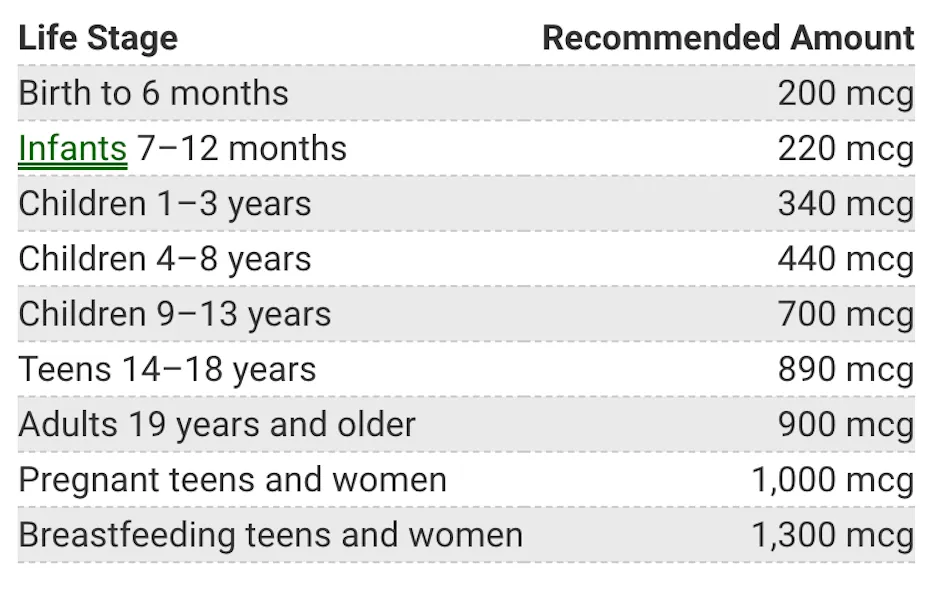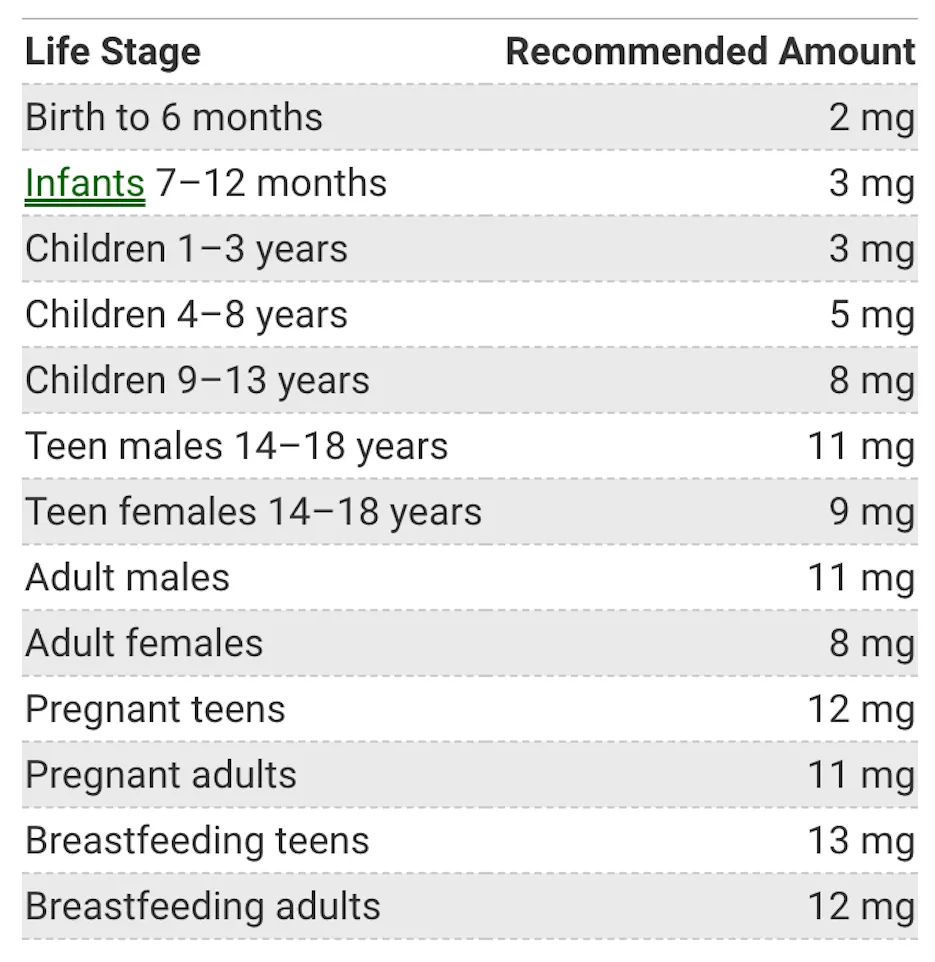High Copper and Low Zinc Consumption Disrupt p53 Function

Copper and P53
In 2013, researchers found that too much copper and not enough zinc in the body causes cells’ tumor suppressor protein p53 to not be able to work well. When zinc consumption is increased, it removes copper from its binding sites on p53, helping reduce copper buildup. This research explains how copper and zinc are antagonists of one another. Decreased amounts of excess copper allow zinc to not be displaced from its normal binding site on p53, saving it from abnormal protein folding and disruption of p53 function.
When p53 is able to work well, it completes its normal job of suppressing tumors, repairing the cell’s DNA, and telling cells beyond repair to die. When p53 is not able to work as it should, cells let tumors grow, damaged DNA doesn’t get repaired, and damaged cells don’t die when they should thus allowing the mutated cell to keep multiplying.
In myeloma, patients may hear about genetic mutations or abnormalities with the gene that contains instructions to make the p53 protein - TP53. Myeloma cells with a TP53 deletion or mutation are correlated with more aggressive cancer progression. Some patients may not have an issue with the TP53 gene, and the p53 protein itself is simply not working well from sources like copper buildup.
Copper Test
The test to check the amount of copper in the body is called a Total Copper Serum Test. Ask your doctor, visit a walk-in lab, or visit a registered dietitian if you would like to have this test completed. Not all myeloma patients need to have the copper test done. It is recommended to receive a copper test if patients have a history of high copper consumption such as if their home is plumbed with copper pipe or they have a history of high consumption of organ meats like liver (beef) (see below for more about high dietary copper sources). You can then coordinate with a registered dietitian to help monitor the amount of copper/zinc in your body through consumption to help ensure they stay balanced.
How Much Copper and Zinc Do I Need?
Patients are encouraged to meet with a registered dietitian to review their personal copper and zinc needs. The body does need trace amounts of copper for proper functioning. Below are general dietary recommendations for daily copper and zinc requirements.
Daily copper recommendation in micrograms (mcg):

Image Source: National Institutes of Health
Daily zinc recommendation in milligrams (mg):

Image Source: National Institutes of Health
Sources of High Dietary Copper
Copper Pipes in Home Plumbing
One of the main sources of copper consumption according to the Department of Environmental Quality comes from:
“Drinking water that has been left standing in household copper pipes for long periods of time is usually the main cause of higher amounts of copper. The major source of copper in drinking water is corrosion of household plumbing, faucets, and water fixtures. Water absorbs copper as it leaches from plumbing materials such as pipes, fittings, and brass faucets. The amount of copper in drinking water depends on the types and amounts of minerals in the water, how long water stays in the pipes, the water temperature, and acidity.”
About 95% of existing homes have some type of copper plumbing pipe section. Homes built from 1940 to the early 2000s are plumbed mainly with copper pipe. Homes built from the early 2000s onward used PEX pipe as the main plumbing material with some copper sections. Modern homes’ plumbing styles may vary with many still using copper as the main material. It depends on the plumber and homeowner’s preference.
Other Sources of Dietary Copper
Most foods that are high in copper also contain high amounts of zinc, allowing the two nutrients to balance each other out. The foods this does not apply to are organ meats like beef liver which contains three times more copper than zinc.
The solution for decreasing excess copper buildup in the body is to eat foods high in zinc or take a zinc supplement. If you are taking a zinc supplement, this needs to be done under the guidance of a registered dietitian or your doctor. This is because too much zinc is also not good for the body. Excess zinc can remove too much copper from the cells’ binding sites and cause symptoms like nausea, loss of appetite, diarrhea, and headaches. Working with a registered dietitian or your doctor to determine how much zinc you need based on your personal situation helps ensure your health is protected. Your medical provider will help you find the appropriate balance.
Summary
We invite you to manage your copper/zinc consumption with your healthcare provider to help one of the reasons p53 doesn’t work well - high copper and low zinc. Patients who help support p53 to work well in this way may gain the health benefits of empowering their cells to suppress tumors, repair cells’ DNA, and tell damaged cells that cannot be repaired to die.
Copper and P53
In 2013, researchers found that too much copper and not enough zinc in the body causes cells’ tumor suppressor protein p53 to not be able to work well. When zinc consumption is increased, it removes copper from its binding sites on p53, helping reduce copper buildup. This research explains how copper and zinc are antagonists of one another. Decreased amounts of excess copper allow zinc to not be displaced from its normal binding site on p53, saving it from abnormal protein folding and disruption of p53 function.
When p53 is able to work well, it completes its normal job of suppressing tumors, repairing the cell’s DNA, and telling cells beyond repair to die. When p53 is not able to work as it should, cells let tumors grow, damaged DNA doesn’t get repaired, and damaged cells don’t die when they should thus allowing the mutated cell to keep multiplying.
In myeloma, patients may hear about genetic mutations or abnormalities with the gene that contains instructions to make the p53 protein - TP53. Myeloma cells with a TP53 deletion or mutation are correlated with more aggressive cancer progression. Some patients may not have an issue with the TP53 gene, and the p53 protein itself is simply not working well from sources like copper buildup.
Copper Test
The test to check the amount of copper in the body is called a Total Copper Serum Test. Ask your doctor, visit a walk-in lab, or visit a registered dietitian if you would like to have this test completed. Not all myeloma patients need to have the copper test done. It is recommended to receive a copper test if patients have a history of high copper consumption such as if their home is plumbed with copper pipe or they have a history of high consumption of organ meats like liver (beef) (see below for more about high dietary copper sources). You can then coordinate with a registered dietitian to help monitor the amount of copper/zinc in your body through consumption to help ensure they stay balanced.
How Much Copper and Zinc Do I Need?
Patients are encouraged to meet with a registered dietitian to review their personal copper and zinc needs. The body does need trace amounts of copper for proper functioning. Below are general dietary recommendations for daily copper and zinc requirements.
Daily copper recommendation in micrograms (mcg):

Image Source: National Institutes of Health
Daily zinc recommendation in milligrams (mg):

Image Source: National Institutes of Health
Sources of High Dietary Copper
Copper Pipes in Home Plumbing
One of the main sources of copper consumption according to the Department of Environmental Quality comes from:
“Drinking water that has been left standing in household copper pipes for long periods of time is usually the main cause of higher amounts of copper. The major source of copper in drinking water is corrosion of household plumbing, faucets, and water fixtures. Water absorbs copper as it leaches from plumbing materials such as pipes, fittings, and brass faucets. The amount of copper in drinking water depends on the types and amounts of minerals in the water, how long water stays in the pipes, the water temperature, and acidity.”
About 95% of existing homes have some type of copper plumbing pipe section. Homes built from 1940 to the early 2000s are plumbed mainly with copper pipe. Homes built from the early 2000s onward used PEX pipe as the main plumbing material with some copper sections. Modern homes’ plumbing styles may vary with many still using copper as the main material. It depends on the plumber and homeowner’s preference.
Other Sources of Dietary Copper
Most foods that are high in copper also contain high amounts of zinc, allowing the two nutrients to balance each other out. The foods this does not apply to are organ meats like beef liver which contains three times more copper than zinc.
The solution for decreasing excess copper buildup in the body is to eat foods high in zinc or take a zinc supplement. If you are taking a zinc supplement, this needs to be done under the guidance of a registered dietitian or your doctor. This is because too much zinc is also not good for the body. Excess zinc can remove too much copper from the cells’ binding sites and cause symptoms like nausea, loss of appetite, diarrhea, and headaches. Working with a registered dietitian or your doctor to determine how much zinc you need based on your personal situation helps ensure your health is protected. Your medical provider will help you find the appropriate balance.
Summary
We invite you to manage your copper/zinc consumption with your healthcare provider to help one of the reasons p53 doesn’t work well - high copper and low zinc. Patients who help support p53 to work well in this way may gain the health benefits of empowering their cells to suppress tumors, repair cells’ DNA, and tell damaged cells that cannot be repaired to die.

about the author
Megan Heaps
Megan joined HealthTree in 2022. She enjoys helping patients and their care partners understand the various aspects of the cancer. This understanding enables them to better advocate for themselves and improve their treatment outcomes.
More on Navigating Your Health
Trending Articles
Upcoming Events




Get the Latest Multiple Myeloma Updates, Delivered to You.
By subscribing to the HealthTree newsletter, you'll receive the latest research, treatment updates, and expert insights to help you navigate your health.
Together we care.
Together we cure.
3x Faster.













